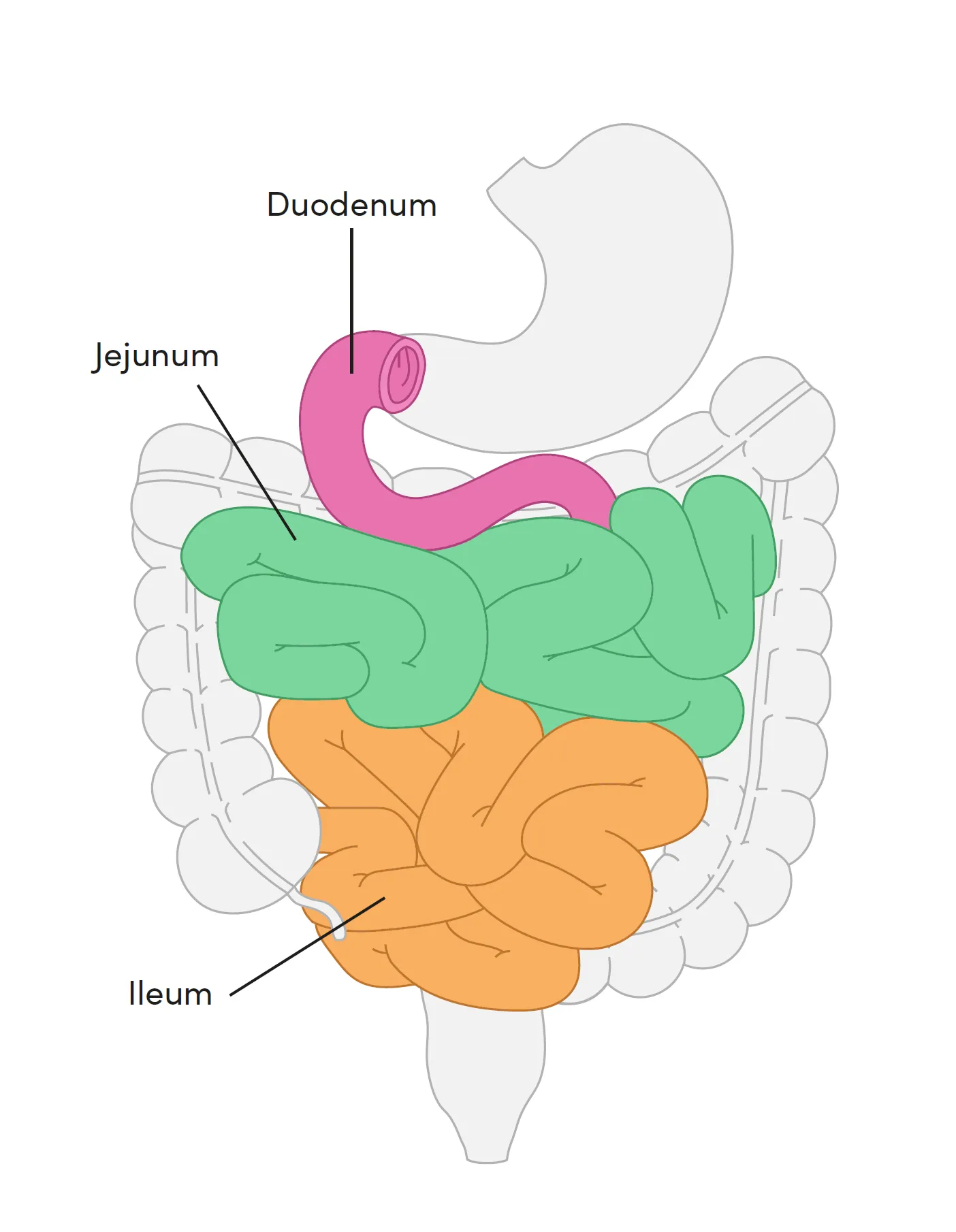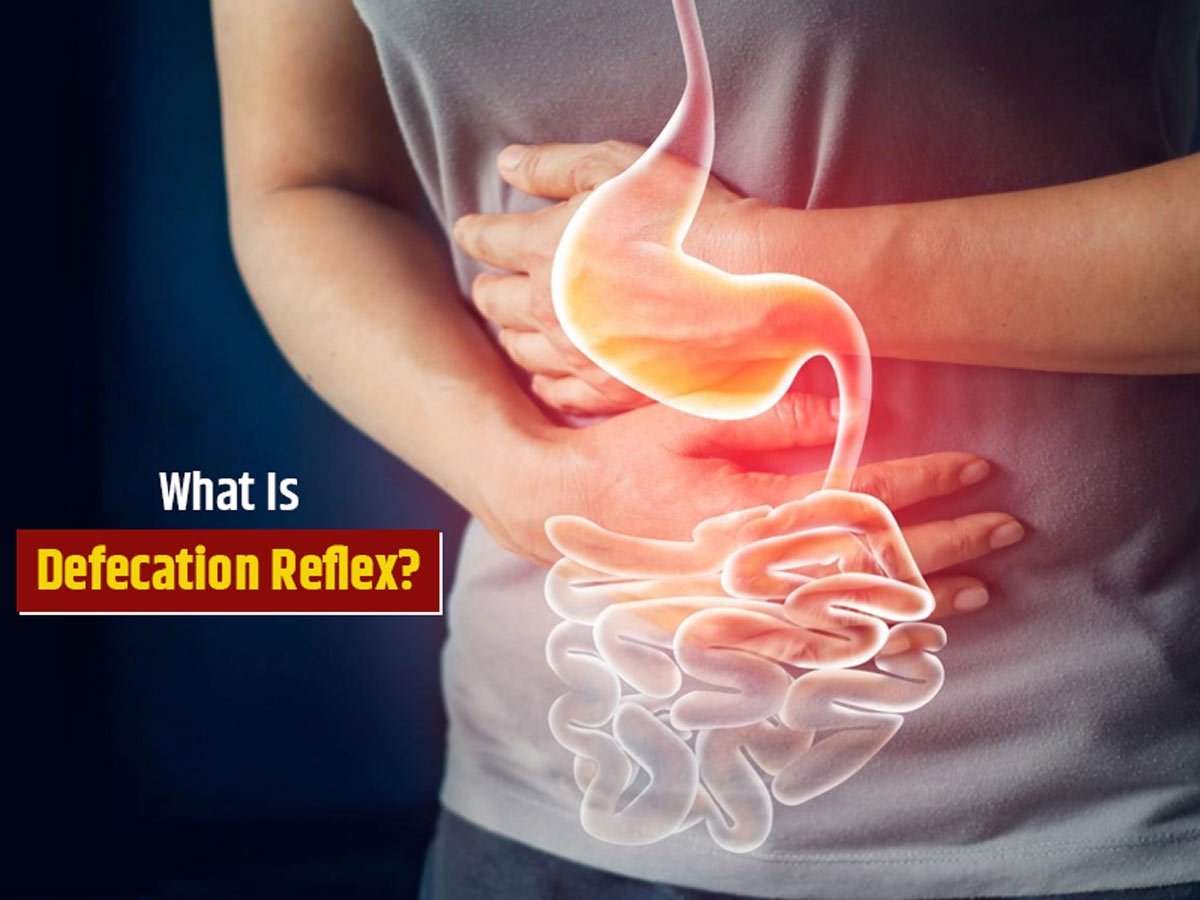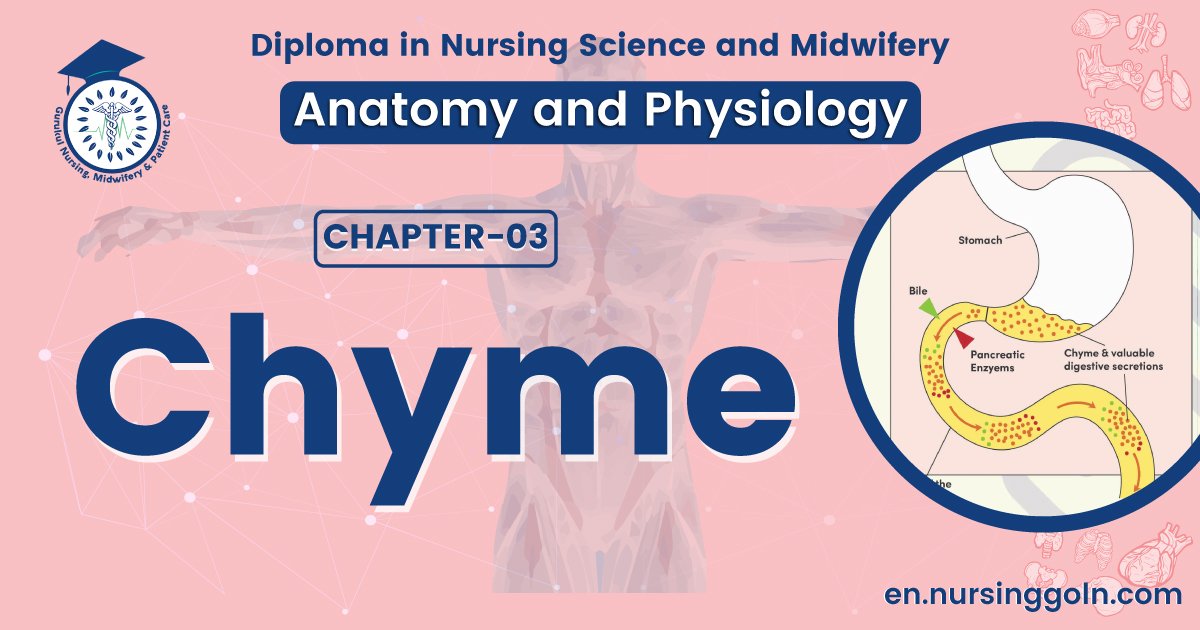Concept about Chyme-The course is designed for the basic understanding of anatomical structures and physiological functions of human body, musculoskeletal system, digestive system, respiratory system; cardiovascular system; urinary system, endocrine system, reproductive system, nervous system, hematologic system, sensory organs, integumentary system, and immune system.The aim of the course is to acquire knowledge and skills regarding anatomy and physiology.
Concept about Chyme

In the stomach, the food materials are mixed with the gastric juices/secretions and the resulting mixture that passes down the gut is called Chyme. The degree of fluidity of the chyme depends on the amount of food and the gastric secretions and on the degree of digestion that has occurred. The appearance of chyme is murky, milky semi-fluid or paste.
Defecation reflex

Defecation is initiated by defecation reflexes & this reflex is initiated when the rectum is distended with feces. The urge to defecate first occurs when rectal pressure increases to about 18 mm Hg.
Mechanism:
There are two types of defecation reflexes:
- Intrinsic reflexes.
- Parasympathetic defecation reflex.
Intrinsic reflexes:
It is mediated by local enteric nervous system. When the feces enter the rectum, distension of the rectal wall initiates afferent signals that spread through the myenteric plexus to initiate peristaltic waves in the descending colon, Sigmoid colon & rectum forcing feces toward the anus.
As the peristaltic wave approaches to the anus, the internal anal sphincter is relaxed, defecation will occur.
Parasympathetic defecation reflex:
It involves the sacral segment of the spinal cord. When the nerve endings in the rectum are stimulated, signals are transmitted into the spinal cord. These signals reflexly back from spinal cord to the descending colon, sigmoid colon, rectum & anus by way of parasympathetic nerve fibres in the pelvic nerves.

The parasympathetic signals greatly intensify the peristaltic wave as well as relaxing the internal anal sphincter. Thus the intrinsic defecation reflex is converted from a weak movement into a powerful process of defecation.
(Ref: Guyton & Hall, 12th ed, P-771)
Read more:
